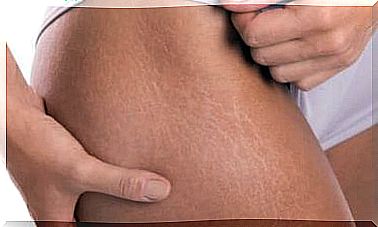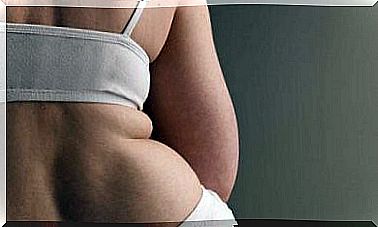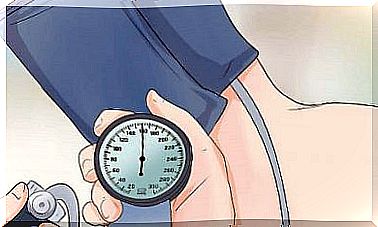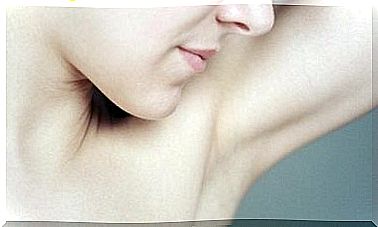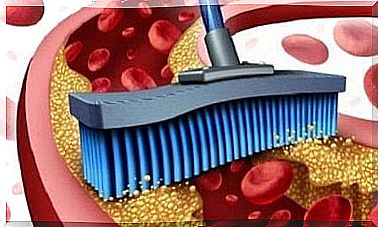Knee Sprain: Causes, Symptoms And Recommendations
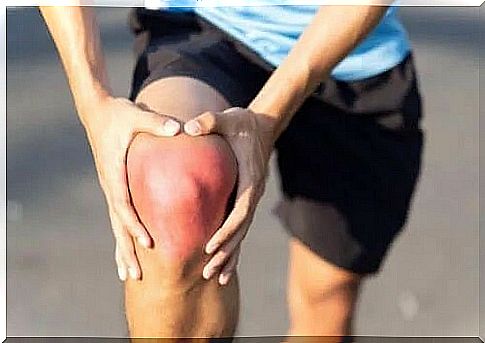
Knee sprain is a generic name for specific injuries that occur in this joint. Basically, the sprain of the knee does not actually exist, because the treatment depends on the injured ligament. In fact, this is a very complex region of the body, especially when it comes to its soft tissues.
Doctors talk about a sprain when the ligaments are stretched beyond their capabilities. They exceed their limit, which leads to an injury. This leads to the loss of characteristic elasticity.
In the case of the knee, the cruciate ligaments (which are inside the joint), the external lateral ones or the internal lateral ones can be stretched.
Knee sprain: causes
Knee sprains have multiple causes, especially if we consider that each ligament is damaged by a different mechanism. The cruciate ligaments do not suffer the same injuries as the lateral ones.
Athletes are the most exposed and, within each discipline, there is a greater or lesser risk of injuring a particular tissue. But, as we well know, it is possible to suffer injuries or various accidents even at home.
Think, for example, of a leg that gets caught in a loose tile. As a result, the lower limb twists. In addition, contact sports, such as football, have a high risk of injury to the cruciate ligaments.
Another common cause is frontal accidents involving motor vehicles. In the case of lateral ligaments, people who practice a sport such as rugby are prone to sprains due to blows.
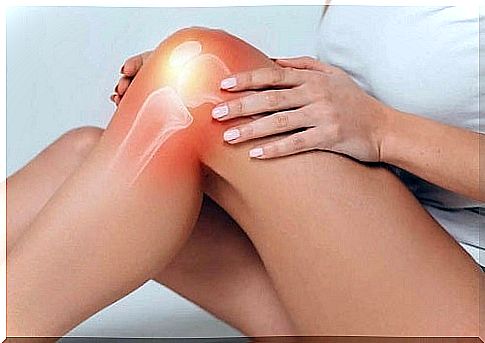
Degrees of injury of a sprained knee
The worst form is rupture of the ligaments. A complete rupture of one of the cruciate or lateral ligaments occurs. The situation is serious and involves surgery to repair the damage.
The individual can no longer use his knee until he rests and heals. Hematomas may appear, indicating tissue destruction.
Knee sprain: symptoms
We can say that pain is the characteristic sign of these sprains, regardless of the ligament involved. What may vary is the location of the discomfort and its change depending on the movement performed. The cruciate ligaments suffer from back and forth, and the others from lateral movements.
The functional limitation will depend on the severity of the sprain. In lighter forms, you can keep walking, even if you can’t run. Starting with grade II, rest is practically mandatory.
His knee and soft tissues can become inflamed. This changes with the position taken by the person concerned. If the lower limb is extended and raised, the fluids are redistributed and, due to gravity, the area deflates. Fortunately, this relieves the pain. However, if the individual does not rest, the inflammation worsens and presses on the nerves and arteries.
The hematoma is variable. The ligaments do not have vascularization, so their rupture does not cause subcutaneous blood flow. However, the surrounding tissues can do this. In grades II and III it is not uncommon to notice changes in skin color due to extravasation of blood.
Knee sprain: treatments
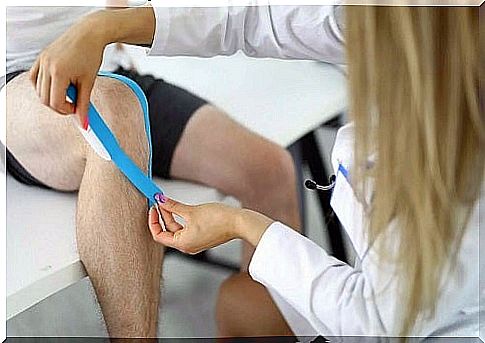
Recovery after a sprained knee
The recovery process after a knee sprain involves several stages. The first is rest, which is mandatory for everyone. Patients should respect this to ensure an evolution that will restore their quality of life.
In any case, it is necessary to consider the slow recovery of these injuries. One month is the standard recovery time. But if you have had surgery, recovery may take twice as long. You might even wait a lot longer if you are thinking of resuming your demanding sports activities. This involves a recovery plan that could take between 3 and 6 months.
Regarding physiotherapy, the physiotherapist defines the clinical approach. He may recommend manual or ultrasound mechanical maneuvers and magnetotherapy. The patient will go to at least 10 sessions.
Can knee sprain be prevented?
In sports, the prevention of training-related injuries is a topic mentioned in countless studies. The truth is that knee sprains can be prevented by taking precautions.
Either way, there are accidents that are simply inevitable. We can reduce the risk of an accident if we wear appropriate footwear, but this does not eliminate all risks. For example, maybe someone is hitting us. There is nothing we can do about it.
Physical condition is also a protective factor. People with toned lower limb muscles are less susceptible to a sprain because these tissues function as joint stabilizers.
In case of knee pain or inflammation, you should consult a specialist. You may not notice a first-degree sprain when it happens, and the disease may progress slowly. Going to the doctor in time can prevent further damage to the ligament.




